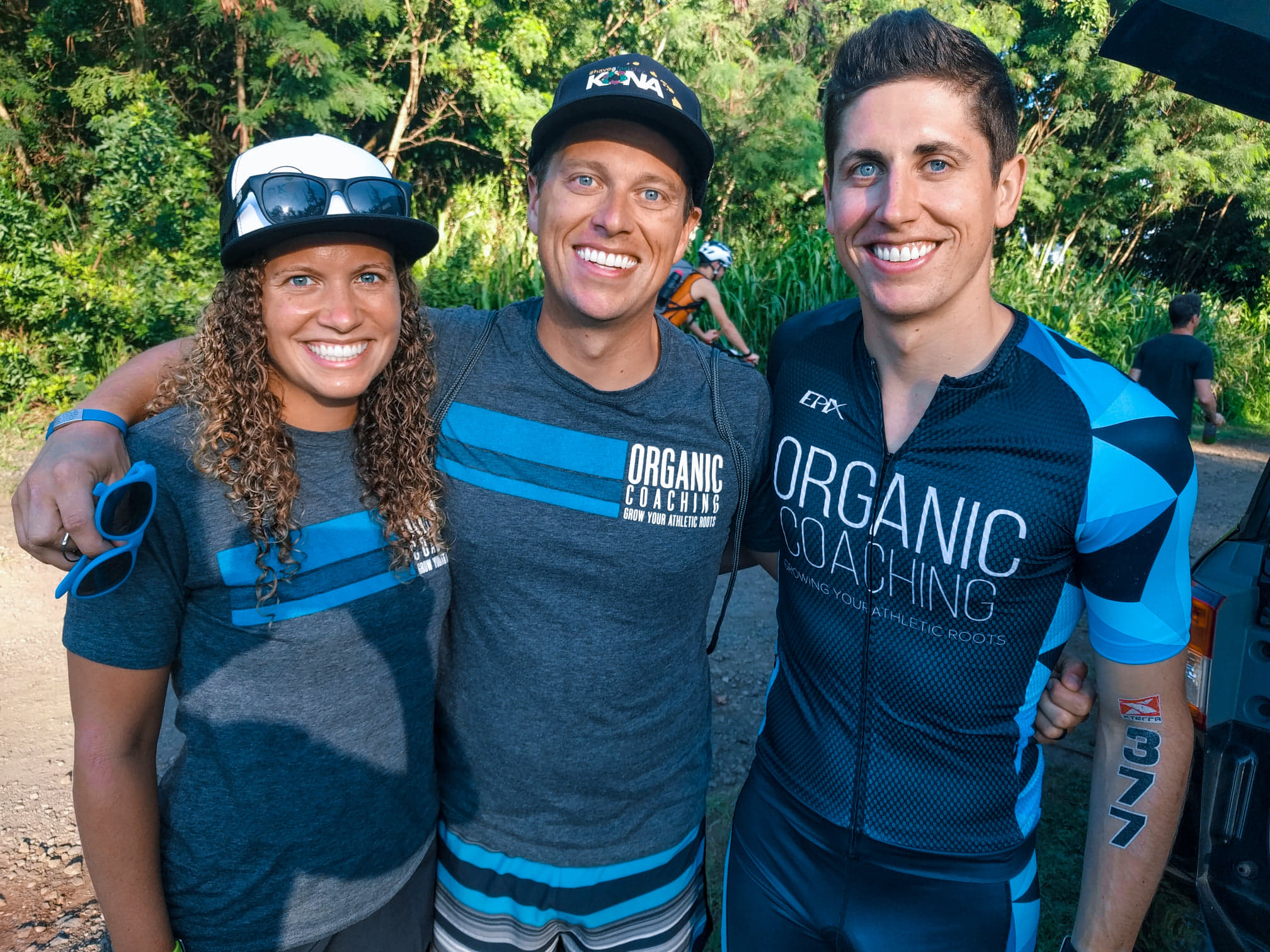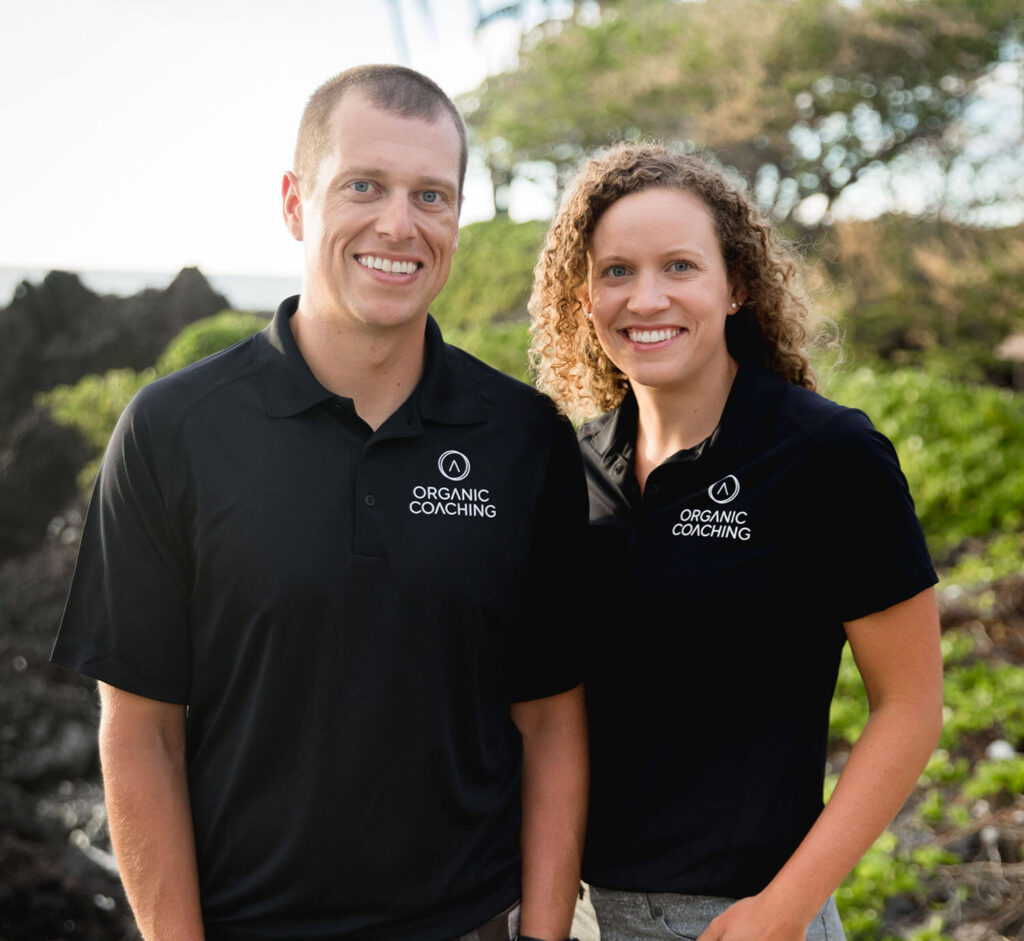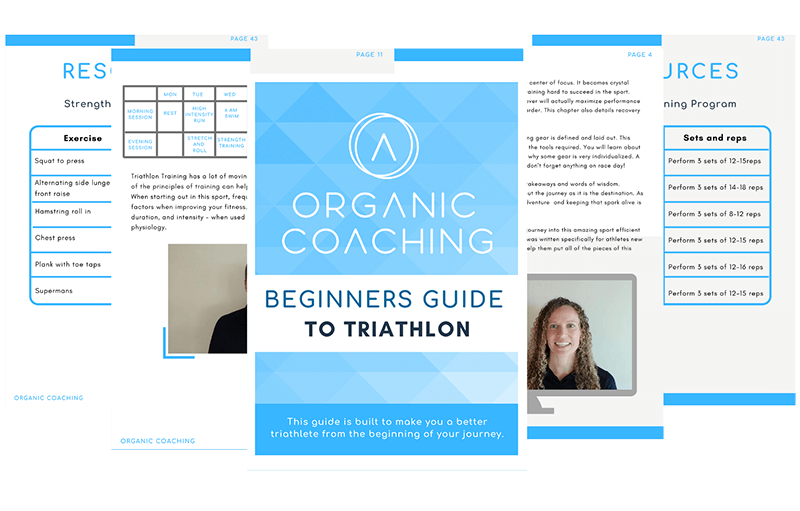

Women run this world! No seriously…we do. For almost the last decade more females have laced up their running shoes and crossed the finish line compared to our male counterparts. In the U.S. alone women make up 57% of running race finishers and female race participation is up 25%. That’s a lot of girl power! With most training plans being designed for men, it’s no wonder so many women who run are struggling to reach their full potential. So ladies, grab the sports bra, and let’s get running!
The more you know about training as a female athlete, the better you’ll be at getting the most from your running. Whether that means overall fitness, weight loss, race performance, or just plain having fun!
We are not shaped like men. So we won’t run like them. There are a few things that work for us and against us as women in the sport of running. Men’s hearts are about 25% larger than women’s. Specifically, the left ventricle increases the body’s ability to pump oxygenated blood through the body to the muscles in use. This is one of the reasons men can run fast and long. Another reason is body fat. Women are naturally predisposed to an additional 5-10% body fat (babies). This extra body fat percentage means that females have to work harder to run the equivalent pace. However, in ultra-endurance events, women have an advantage over men due to the additional body fat reserves. This can provide an extra energy source for the body during endurance events.
Hormones are the body’s messenger and help perform nearly everything we do. In females, the primary hormone is estrogen, which stimulates fat accumulation. However, estrogen does have one big advantage as it’s an antioxidant that fights some forms of free radicals around the body. As hormones change the hardest time for women to run fast is about one to two weeks before menstruation begins and an array of systems can occur; bloating, fatigue, change of appetite, anxiety, and/or depression. That’s when levels of the key hormone progesterone peak, and can cause a much higher than normal breathing rate during exercise. The excess ventilation tends to make running feel more difficult. As well as the sluggishness, bloating, and gastrointestinal problems that occur that can affect how you feel while running, but that’s not a reason to stop training. Running can help alleviate symptoms and can also help with cramps.
Strength training is important for any runner, but targeting the core and hip complex is especially important for women. Let’s face it, ladies, we are blessed with an hourglass shape and wider hips for a reason (babies). The problem is those wider hips designed for making some things easier also make other things harder, like running. Wide hips increase what is known as the Q-angle. This is the angle between the quadricep muscle and the patellar tendon, that helps the knee track properly. This structural difference is why women are more susceptible to knee-related injuries because the knee isn’t able to track properly. Over time chronic damage can be done without even realizing it.
The good news (YAY!) is that these imbalances can be easily identified and corrected. So that you can have a more solid and stable running stride. In most cases strengthening the stabilizers in the core and hips complex will help your knees will track properly no matter how you run.
As women, we require one “extra” piece of running gear. Sports bras are like running shoes, you have to try a few before you find the right one. There are quite a few different factors to take into account to make sure the fit is just right for you. I can not suggest enough going to your local running specialty store and asking to get fitted or for their expert advice. Then try on lots of different styles, in a few different sizes. Then guess what, in the changing room jump around, run in place, and try it out!
Here are my top two pieces of advice. You should not need to wear two sports bras at once, if you find this happening, then you need a more supportive sports bra. Unlike you, your sports bra should not celebrate a birthday! Just like running shoes, they have a shelf life, of no more than 12 months. This is one of your most important pieces of gear and you want it to do its job and well may I add. So remember, no birthday for your sports bra.
There is nothing more motivational as a female than having a strong group of women (or another woman) to run with regularly. This not only is a great support system and accountability but it also ensures safety in numbers. Plus, it’s just more fun to run with others, and oftentimes training partners are good listeners, great friends, and can play the role of a running coach when needed.
As women, there are physiological factors that are simply out of our control. But as new research is continuing to come out and discover how to channel our inner uniqueness I am excited to see the gap lessen and women continue to take on amazing feats at faster rates!
Happy Training!
READ MORE: SIMPLE TIPS FOR RUNNING RECOVERY TO GET AHEAD OF YOUR COMPETITION


Carly and Tyler Guggemos built Organic Coaching in 2014 with a simple philosophy that works. The idea is to take what you have and grow it to get faster, fitter and stronger. And to do it with the time you have – not the time you wish you had.

For athletes who are ready to take their training to the next level while still thriving and succeeding in their professional and family life.
Copyright © 2024 Organic Coaching LLC